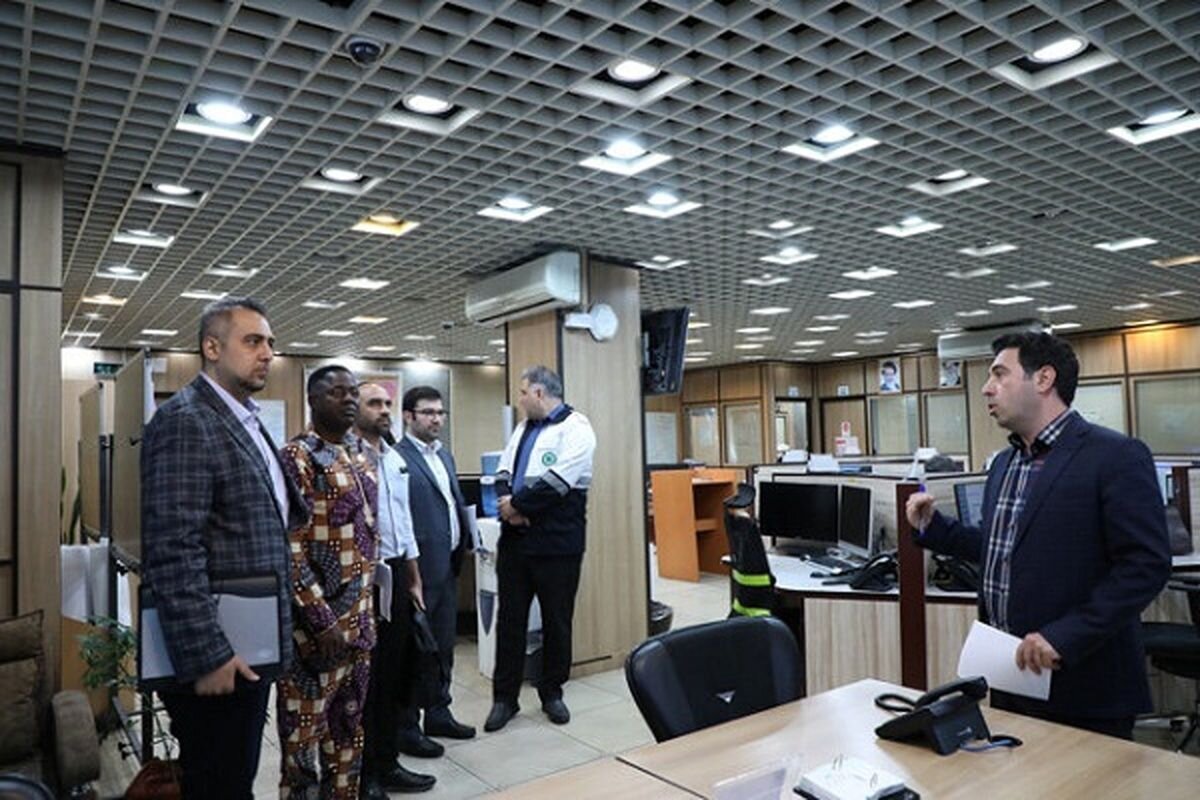UNDSS highlights cooperation with Tehran in disaster management

TEHRAN- The United Nations Department of Safety and Security (UNDSS) has emphasized the need to boost cooperation with the Tehran Crisis Management Organization.
“One of our most important concerns is the earthquake crisis in Tehran and other parts of Iran,” Michael O. Agboola, UNDSS advisor for Iran, said, ILNA reported.
He made the remarks in a meeting that was held on Wednesday with Zoheir Sabbaqpour, the deputy head of the Tehran Crisis Management Organization for International Affairs.
Stating that the UN has over 700 personnel in Iran, the UNDSS official added: “Tehran Crisis Management Organization has very good capacities for cooperation. Also, according to the UN Charter, the security and protection of the United Nations personnel rests with the host government. Therefore, one of the main points of this cooperation is the training of UN personnel, which can be conducted through different methods including face-to-face training, e-learning, or practices and maneuvers.”
Sabbaqpour, for his part, announced the Tehran Crisis Management Organization’s readiness to offer training courses to the UN personnel.
After preliminary reviews, a draft of a plan to adopt necessary measures will be prepared by the UNDSS office then it will be finalized by both sides.
The United Nations Department of Safety and Security is to provide protocols, safety instructions, and a report on similar experiences for training of UN personnel in other countries.
Iran’s potential to deal with disasters
In September 2022, Stefan Priesner, the United Nations Resident Coordinator for Iran, said the country has the potential to broadly deal with natural disasters and the United Nations is willing to document these valuable experiences.
In case of natural disasters, the United Nations is ready to provide services by forming a permanent working group with representatives of the UN, the Ministry of Foreign Affairs, and the National Disaster Management Organization, IRNA quoted Priesner as saying.
He made the remarks in a meeting with Mohammad-Hassan Nami, the head of the National Disaster Management Organization, suggesting that the two sides should hold meetings every three months for further coordination.
For his part, Nami said all nations have a sense of philanthropy and kindness, but they will face sanctions if they want to provide help. So, this issue should be resolved.
In June 2022, Priesner said the United Nations will use all its power and capacity to assist Iran in dealing with natural hazards by increasing operational performance and improving safety in specialized areas.
“Expressing the desirable capacities of Iran in dealing with natural hazards, he said that we will do everything to assist Iran. In this regard, we can increase operational performance and improve safety in the sector to enhance cooperation.”
The Iranian plateau, with its location between two vast expanses of water as well as the intersection of the Eurasian plateau and Saudi Arabia, has always been exposed to numerous natural hazards and disasters.
According to UN surveys last year, the main natural disasters listed for Iran were drought, floods, and earthquakes. Subsidence is also a phenomenon that has emerged as one of the consequences of drought along with the aforementioned three challenges.
Earthquake, as one of the main natural challenges, occasionally becomes an uninvited guest of Iranian homes. On the other hand, the existence of important rivers and water reservoirs in the country has also increased flood risk.
Land subsidence, a gradual settling or sudden sinking of the Earth's surface due to subsurface movement of earth materials is mainly caused by aquifer-system compaction, drainage, and decomposition of organic soils, underground mining, oil and gas extraction, hydro compaction, natural compaction, sinkholes, and thawing permafrost. Iran is greatly affected by the phenomena, as 29 provinces of the country are affected.
MT/MG
Leave a Comment